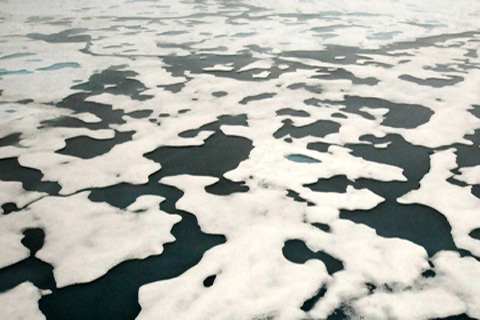
It may seem remote from our everyday lives, but the Arctic exerts a powerful influence on the rest of the planet. From rising sea level, to U.S. and European weather, to bird migrations, NOAA Administrator Jane Lubchenco describes how Arctic climate change can influence the rest of the planet.
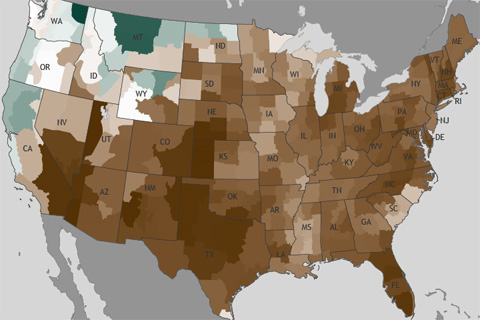
The November nationally averaged precipitation total of 1.19 inches was nearly an inch below the long-term average, making this the eighth driest November on record.
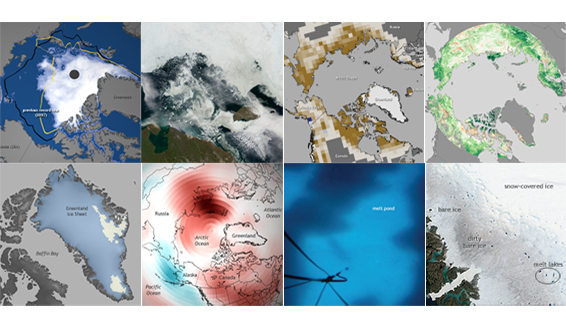
NOAA released the 2012 installment of the annual Arctic Report Card on December 5, 2012, as part of the American Geophysical Union's fall meeting. This image collection is a gallery of highlights based on the report's major themes. It was developed by the NOAA Climate.gov team in cooperation with Arctic Report Card authors and other Arctic experts.
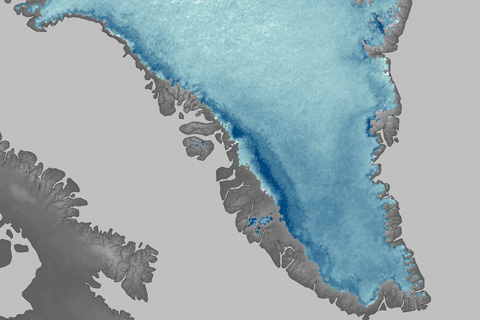
Melt ponds, snow loss, and other warming-induced changes are making the surface of the Greenland Ice Sheet far less reflective in the summer than it was even a decade ago. The darker ice surface absorbs more sunlight than it once did, accelerating warming and melting.
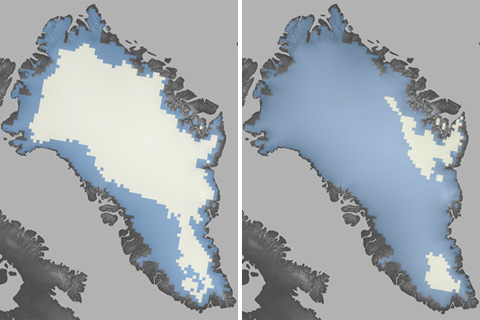
The summer of 2012 brought Greenland far more extensive melt than anything observed in the satellite record: in July 2012, surface melt extended over nearly the entire ice sheet. The standardized melt index was nearly double the previous record.

Shallow melt ponds on the surface of consolidated sea ice act as skylights that promote massive under-ice phytoplankton blooms. These under-ice blooms may boost estimates of Arctic phytoplankton productivity by a factor of 10.
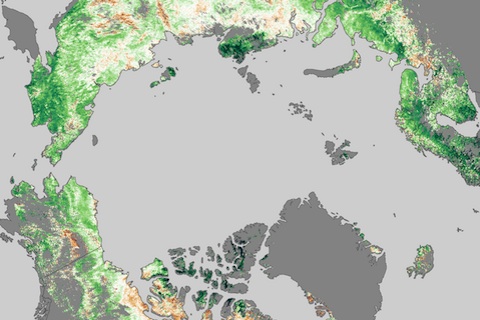
Few real-world signs of climate change are easier to read than changes in the growing season of familiar vegetation. Most of the high-latitudes of the Northern Hemisphere are experiencing longer growing seasons now than they did more than two and half decades ago.
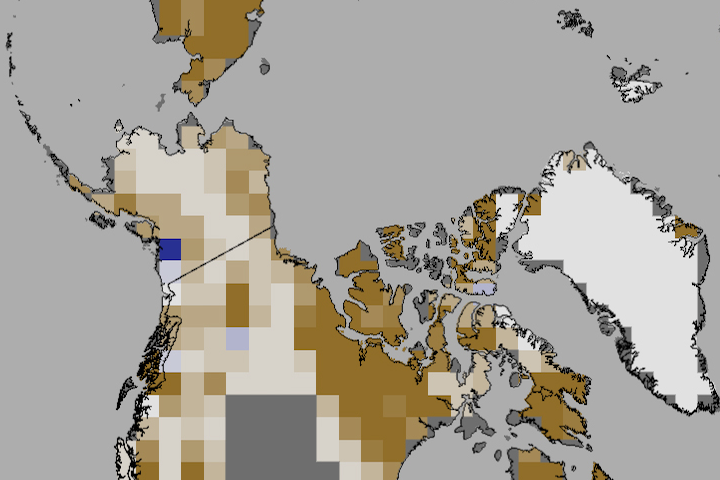
In June 2012, snow cover extent over Eurasia and North America hit a new record low. It is the third time in five years that North America has set a new record low, and the fifth year in a row that Eurasia has. The rate of snow cover loss over Northern Hemisphere land areas in June between 1979 and 2012 is -17.6% per decade—a faster decline than September sea ice loss over the same period.
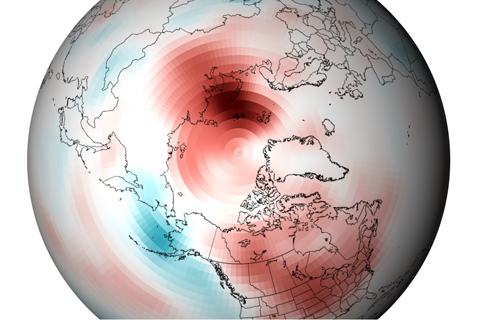
On a yearly basis, Arctic temperatures are strongly influenced by natural climate patterns, including the Arctic and North Atlantic Oscillations. Over the span of a decade, though, Arctic amplification of climate change is evident: no part of the Arctic was cooler than the long-term average.

The 2012 Arctic sea ice extent was nearly 50 percent smaller than the long-term (1979-2000) average. For sea ice to have shrunk to half its historic summer extent is as much a transformation of the environment as if half the forests of New England had been replaced by cactus.